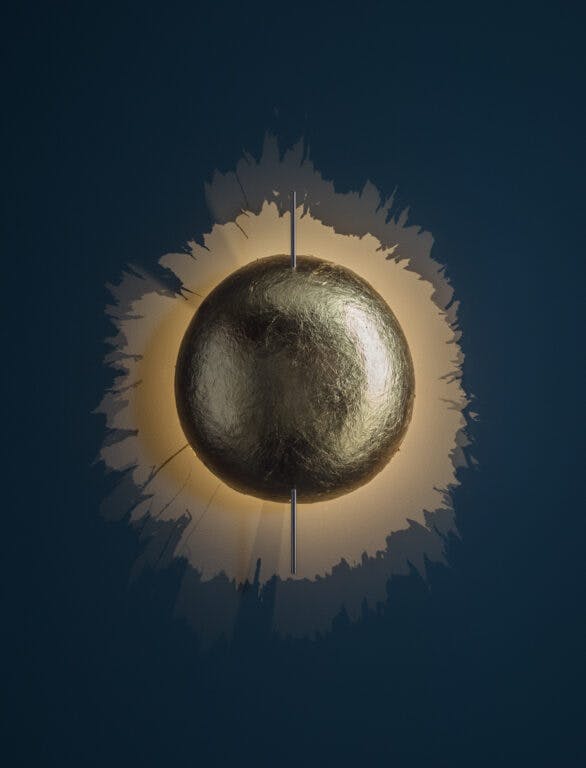
Ex Convento dei Neveri, Italy
photo by Alessandro Zambianchi
Ex Convento dei Neveri
The former Neveri convent in Bariano, in the province of Bergamo, is one of the best preserved buildings of its kind. It stands on the site of the old Roman settlement of Vicus Aberga, parts of which have survived to this day. The desire to integrate the latest in technology into a building of such historical importance influenced the decision to choose exclusively LED light sources and equipment with linear and essential lines, which generate a subdued but efficient luminosity and at the same time highlight the historical and architectural character of the building without disturbing users with overly bright lamps or light sources. The philosophy that led to this choice, that is, an object that does not undermine the architecture, also encompasses the challenge of comparing the most up-to-date lighting technology with respect for the architectural beauty of buildings of historical and artistic interest. The result is a magical atmosphere that touches the sensitivity of the user, creating areas of total relaxation and visual comfort, but at the same time forging a link with the past by choosing low power and warm lights. Not of minor importance is the energy saving, since the current technology of LED systems means that the power of a 4W LED can generate the luminosity of a 20W halogen light bulb. Leaving aside these general remarks, the light sources were designed by Catellani & Smith to highlight the architectural features of the former convent, which was founded in 1480. For the ambient lighting of the west portico and the cloister, and so as not to distort the architectural structure, LED strips were designed with a series of 1W light points positioned along the arches, which direct light upwards thereby illuminating by reflected light. The presence of the Roman apse is emphasised by a 3W Lucenera spotlight. The ground floor is characterised by diffused light, while, moving upwards, the passages, stairs and corridor between the cells are lit by small EC301 suspended LED lights, which create a luminous path along the floor, and EC105 wall lamps with 5 1W LEDs, leaving the rest of the area in semi-darkness. On the first floor a more intimate environment is achieved by using simple, essential models that emit warmer light. This creates an interplay of light and shadows that reflects the atmosphere of the convent. The light is deliberately very subdued, while the surfaces of the dining tables are illuminated by EC306 pendants which centre the light perfectly on the table, leaving the rest of the room in the shade. Even here the special LED sources highlight certain valuable pieces of antique furniture, wall, Roman apse and paintings. It is surprising how the restaurant hall is perfectly illuminated by LEDs that consume only 126W of power. In the rooms dedicated to relaxation, the environment is rendered welcoming by pendant lighting and table lamps such as the PK LED with a fibreglass hemisphere finished in gold leaf.

